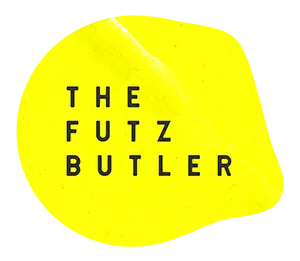Loyalty is the poster girl of brand building. And rightly so.
90% of consumers will trust a brand recommended by a friend and a staggering 84% of B2B buying starts with a referral
Dropbox grew 3900% in 15 months using a referral strategy. Numbers like these are hard to ignore.
Loyalty just works.
The Shift Towards Loyalty-Centric Business Models
The seismic shift from one-off purchasing habits towards subscription based revenue streams, incessant data capture and inter-compatible product eco-systems are just a handful of examples of the importance modern brands are placing on loyalty and the long term stability it affords them.
Whether it’s Amazon Prime, Starbucks Rewards or Sephora Beauty Insider – consumer loyalty is the name of the game for the 21st Century brand.
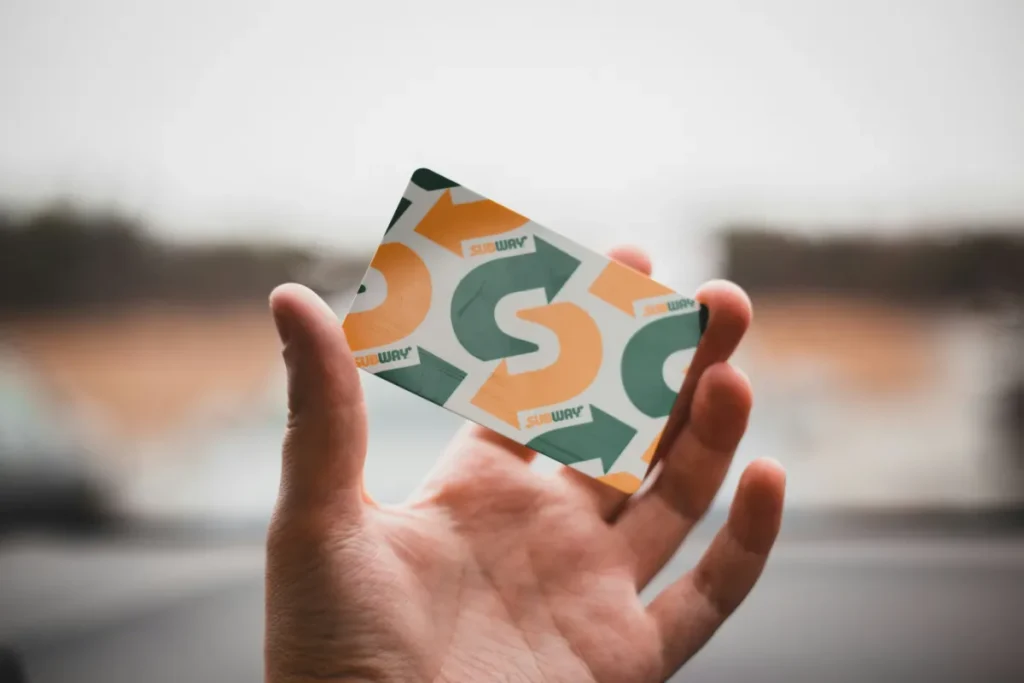
And a well defined audio strategy is the perfect tool for building happy, loyal brand advocates that come back time and again, spread your message and build trust in your brand story.
What is brand loyalty?
Loyalty, in a branding sense, can be defined as a consumer’s choice to consistently interact with or buy one company’s products or services over its competitors
why are loyal customers so important?
Keeping customers coming back for more is critical to business success – a 5-percent increase in customer loyalty can increase profits by 25%-85%.
Loyal customers:
- Engage more frequently with the brand
- Spend 31% more per transaction than new customers
- Spread positive word-of-mouth, with 90% of consumers trusting recommendations from friends
- Make more repeat purchases and are 50% more likely to try new products or services
- Forgive occasional brand missteps more readily than new customers
- Cost less to retain than acquiring new customers
repeat customers account for only 7-8% of the average UK businesses. Yet they account for more than 40% of revenue
Overall, 58% are willing to pay more to shop with their favourite brand. The effect is even more pronounced with Gen-Z – 65% will pay to shop with their favourite brands compared to only 45% of baby boomers, making the younger audiences the most loyal of all demographics.
It’s an ongoing relationship that deepens over time, based on how happy they are with what the brand offers them and how much they trust that brand moving forward. They undoubtedly hold the brands they trust to a higher standard than previous generations – citing ethical, environmental and diversity based factors in their purchase choices more than any other generation.
The point being, good brands, with great products matched by a conscientious outlook stand to be well rewarded with loyalty in the future.
The Role of Sound in Creating Brand Loyalty
Audio can deliver all sorts of metrics for the discerning brand builder, from improved UX, to recall, consistency and propensity to buy and brand awareness. All of which are strands that lead to loyalty.
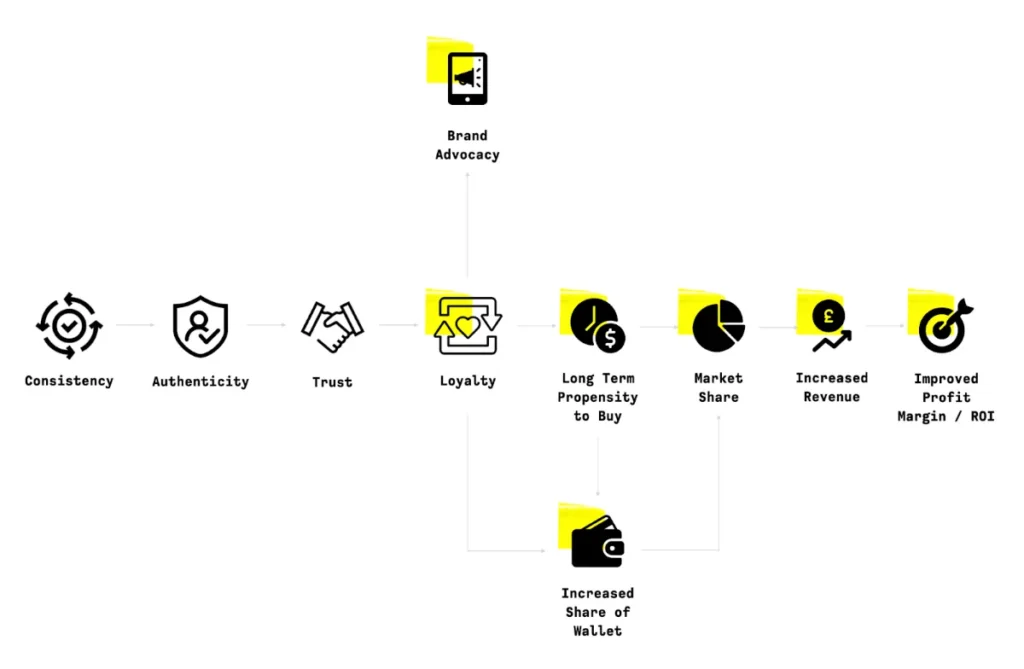
But ultimately, loyalty is first about likability and with that comes trust in the product and brand.
Sound and its ability to humanise a brand through its shortcut to emotional connection is an underexploited way to do this.
Sound and music make things more enjoyable. 63% of millennials feel that audio is the most immersive form of media and 65% of Gen Z agrees that audio helps them experience a situation more deeply.
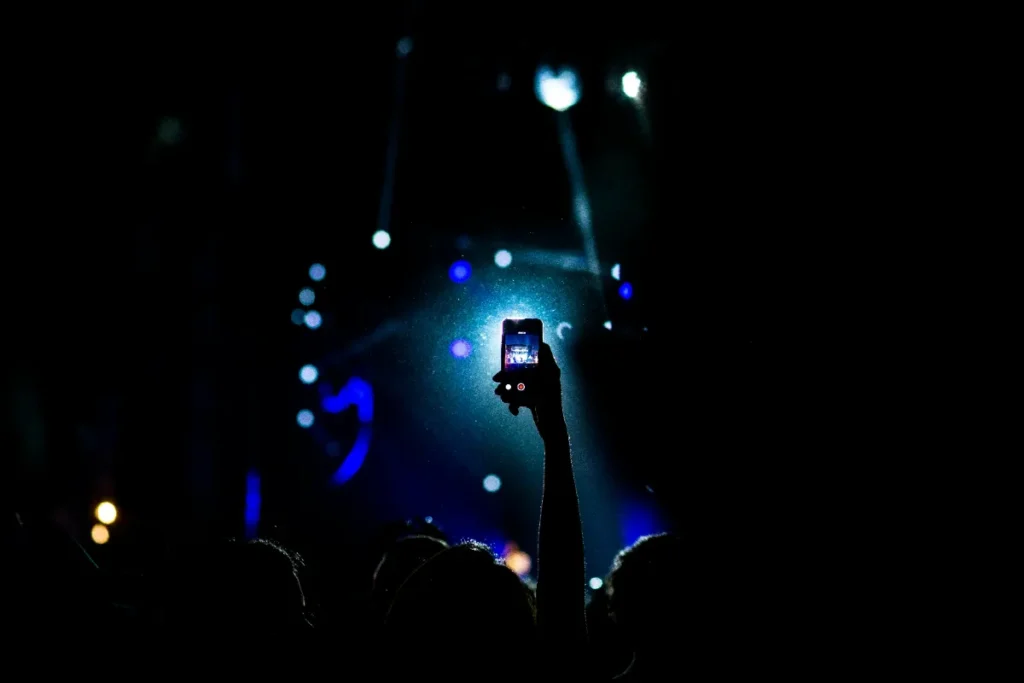
It’s ability to influence our mood, behaviour and emotional response is unrivalled.
Put simply, sound enhances appeal. And if we like something we are more likely to trust it.
Without appeal brands resort to expensive market saturation to deliver the same levels of recall / propensity to buy (this is the strategy adopted by brands such as Go Compare or Netflix), neither of which do anything by the way to earn loyalty.
Trends in Customer Loyalty
Incorporating audio into your brand strategy to drive loyalty isn’t about following trends – it’s about enhancing the customer experience and building a community that feels connected and valued.
From ProPello’s top ten loyalty trends of 2024 – we can observe how easily music and audio effortlessly plumb directly into each.
- Instant rewards
- Value-added brand partnerships
- Personalised customer experiences
- Tiered loyalty programs
- Gamification
- AI-driven interactions
- Automated loyalty programs
- Mobile wallets
- Sustainable and green loyalty initiatives
- Paid loyalty programs
This makes using audio that is authentic to your brand – whatever sector you’re in, something of a no-brainer.
How to Generate Loyalty – The Power of Consistency
Of all the ways to generate loyalty, across Genz, Millennials, Gen X and Boomers, the number one way to generate loyalty was to provide a consistent experience.
Consistent customer experiences are essential for building trust. Trust is foundational to loyalty.
Consistency creates authenticity.
Authenticity builds confidence.
Confidence creates trust.
Trust leads to purchasing intent / loyalty.
Like a relationship built with a friend over years of showing up, consistency is the surest way to build trust with your audience
when it comes to audio – too much of a customer’s experience of a brand is either considered in isolation from campaign to campaign or touchpoint to touchpoint, or worse still not really thought of in a joined-up branded sense at all
In fact in Adam Sheridan’s widely acclaimed Power of You Ipsos report, Sheridan demonstrated that the audio used by marketing teams and agencies was 3.44 times more likely NOT to be a consistent brand asset than visuals.
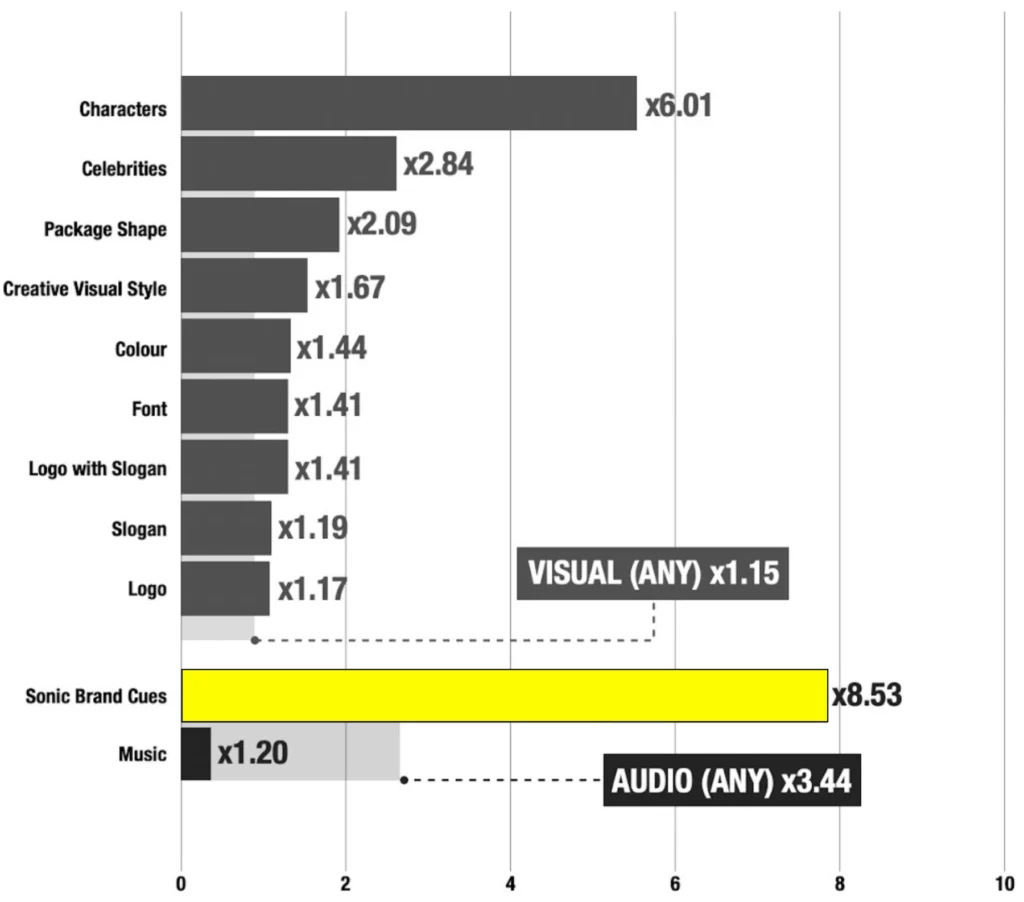
brands are happy to gamble with their audio footprint in an inconsistent, disjointed fashion – but not when it comes to what customers see
Every brand has an audio footprint – what most don’t have, is an audio identity
Having a robust set of brand audio guidelines – the same as you would for visual assets ensures that all music and audio you put out in the world reinforces the positive positioning you want your consumers to associate with you. You’re not leaving it to chance or worse still confusing them.
By joining the dots, making congruent and consistent your visual identity and what customer’s hear when they interact with your brand, you create an experience of your brand that is authentic through consistency. It’s this consistency that translates into trust and a strong, loyal customer base.
Let’s Get Personal
71% of consumers expect companies to deliver personalised interactions, and 76% get frustrated when this doesn’t happen.
Generic campaigns just won’t cut it and music is a great way to achieve personalisation
Personalised experiences are all about tailoring the customer experience to the individual preferences and needs of each customer.
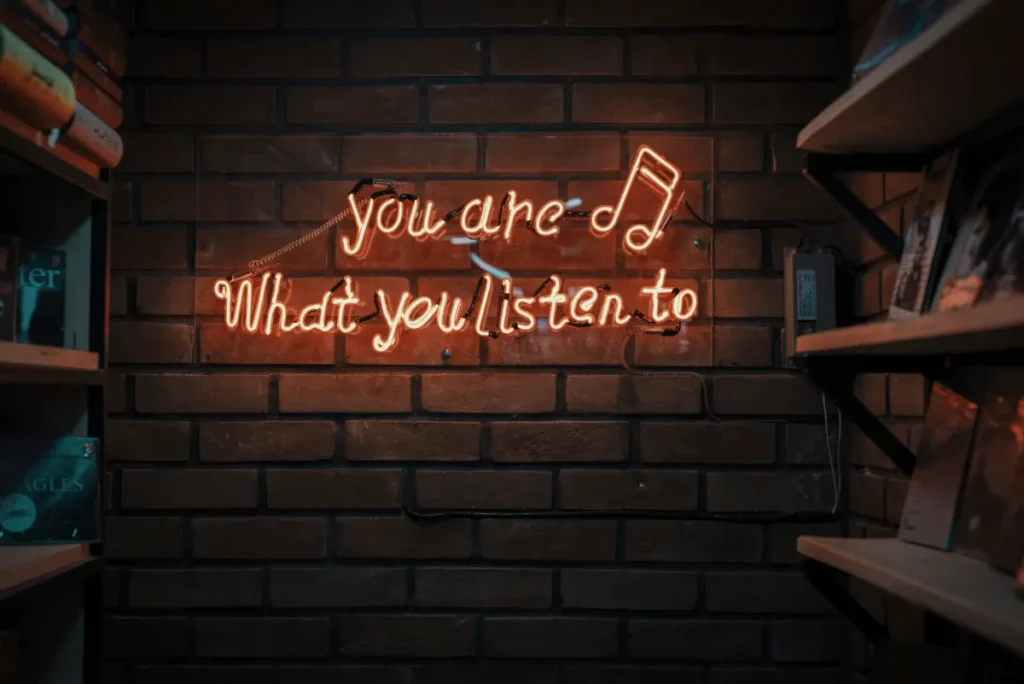
Possibilities to cement multi-narrative social content with consistent audio are a great option, with agencies such as Publicis already exploring this avenue of creative strategic thinking.
Similarly, we’ve long been advocates of the Pandora’s Box of generative composition or meta-data tagged user-based algorithmic techniques that could offer a million branded yet hyper-personalised experiences of your brand, based on key user metrics or even text prompts. And of course AI can help facilitate this function under the hood.
These types of activations are also highly effective at spurring brand chatter driving social sharing as well as F2F referral.
And with 27% of social media users also categorising themselves as creators – putting audio at the heart of your brand positioning and giving your user base the tools to rework and create high value UGC with your brand assets, just makes sense. Low cost – High Engagement.
Through personalised content, NFTs, branded events and partnerships, apps, games and experiences, sound and music’s ability to so strongly deepen the UX offers huge potential to drive loyalty.
Digital audio spend worldwide hit $8.95 billion in 2023 and a distinct audio strategy for progressive brands, is playing an increasingly central role in engaging their audience to keep them coming back.
Conclusion
In the competitive landscape of modern brand-building, loyalty is paramount.
When consumers are bombarded with visual stimuli, audio branding, with its unrivalled ability to fuse emotional connections, stands out as a powerful tool in growing and maintaining a loyal customer base.
By creating memorable and consistent auditory experiences brands can enhance recall, build lasting relationships and differentiate themselves from the competition. Likewise, leveraging sound to foster likability, trust, and authenticity, ensures customers keep coming back, spreading positive word-of-mouth, and contributing to long-term brand success.
The sound of success, it seems, is not just a metaphor – it’s a tangible, strategic asset that can propel brands to new heights.
BONUS: How to Measure Brand Loyalty
To gauge the effectiveness of loyalty initiatives, brands can use:
- Satisfaction surveys to assess brand uplift
- Customer retention rates via A/B testing
- Customer churn rates and negative churn (upgrades or additional purchases)
- Usage period rates to measure engagement frequency
- Purchase habits to track repeat purchases
- Digital referrals from third-party sources
- Social media mentions to gauge brand popularity
- Net Promoter Score (NPS) to measure likelihood of recommendations
- Customer Lifetime Value (CLV) to estimate long-term revenue from loyal customers
